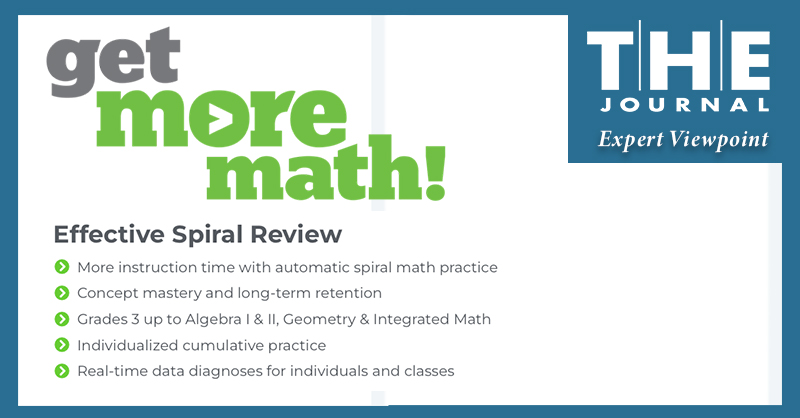
Students need to learn not only math shortcuts, processes, and formulas — they also must learn the underlying concepts behind them. Students need a deeper conceptual understanding of math so they can transfer their knowledge to new contexts and are less prone to making mistakes. They also need more time for learning math in school and more focus on long-term retention.
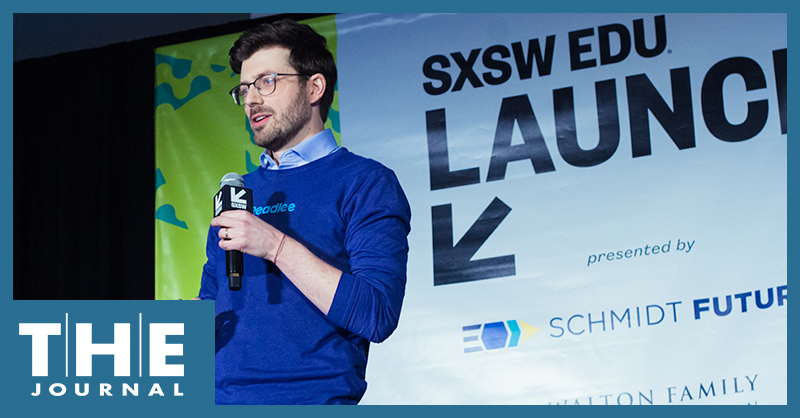
The second half of SXSW EDU 2023’s featured sessions focus on: building sustainable early childhood education; the roles of poetry, art, and nature in helping youths connect and establish their sense of identity; and what two National Teachers of the Year really think about educators, diversity, agency, and representation.
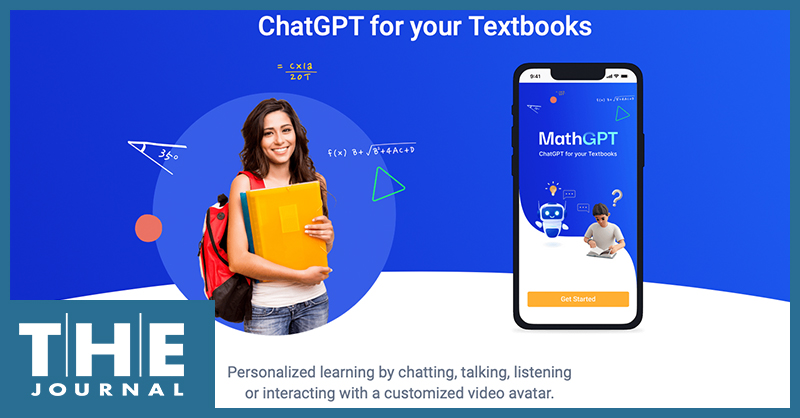
PhotoStudy, an on-demand 1:1 tutoring solution developed by Hung Tran in 2015, said it can now transform any math textbook by any publisher into a “MathGPT” chatbot that works similarly to the groundbreaking ChatGPT tool making headlines in recent weeks.
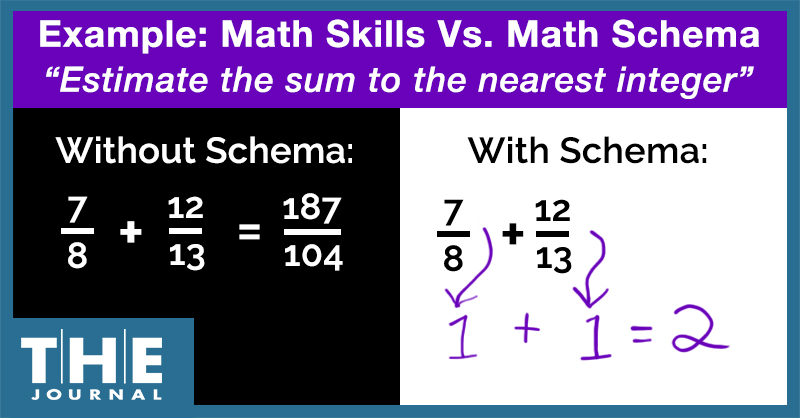
With so-called learning loss from the pandemic continuing to harm students, schools can't just return to normal methods of teaching math. Fortunately, researchers have a strong understanding of how people learn math, just as they did with the now widely accepted science of reading. However, that understanding is taking too long to filter into classroom instruction.
Recognizing that the COVID-19 pandemic has left many students with mental and emotional traumas creating challenges to their learning, information technology company Vector Solutions has launched “Inclusive Instruction & Interventions” courses to help educators who feel unprepared for how best to help their students.
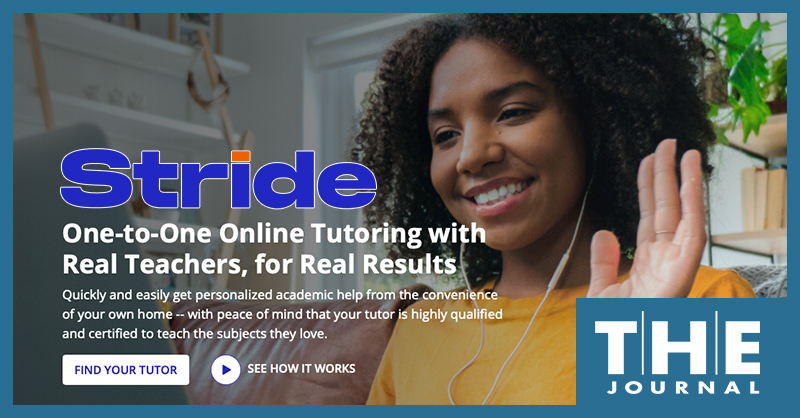
Online education and curriculum provider Stride has launched Stride Tutoring, a high-dosage tutoring platform that requires every tutor to be an active, state-certified teacher, now available for grades 7–12 nationwide, the company said in a news release.

Now through Jan. 30, K–12 school districts in rural areas (serving populations of 20,000 or less) are invited to apply for the USDA Distance Learning Grants program.
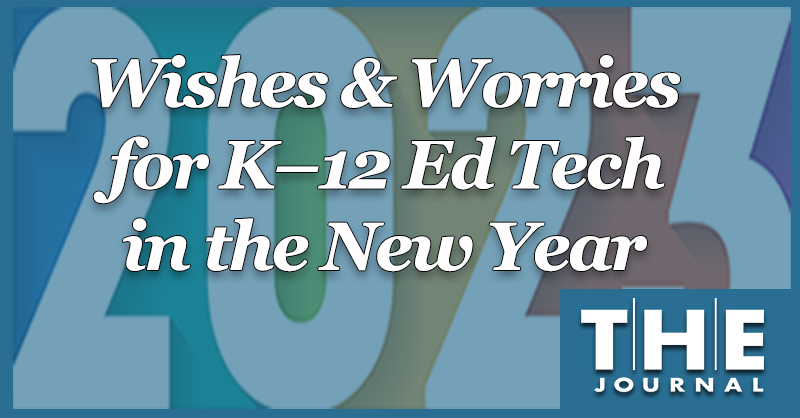
During the final weeks of 2022, THE Journal asked scores of ed tech leaders about their wishes and worries for 2023. Cybersecurity and teacher resources were the most common topics addressed in the responses — many of which include specific ideas for new policies and practices for K–12 education in the United States.

Todd Ryckman of Cypher Learning joins THEJournal.com editor Kristal Kuykendall for a discussion about the competency-based education movement, what it looks like in school districts that have been implementing CBE over the past five years, and how Cypher Learning’s NEO LMS empowers educators and students, regardless of whether their school uses the traditional or “modern” instructional model or more of a CBE approach.
Forty-five percent of public schools in the United States had at least one teaching vacancy as of October 2022, with 27% reporting multiple vacancies, according to information released today by the National Center for Education Statistics (NCES). The shortages disproportionately affect schools in areas of high poverty (57% versus 41% in more affluent areas) and in schools with a student body composed of 75% or more minority students (60% versus 32% of schools with 25% or less minority population).